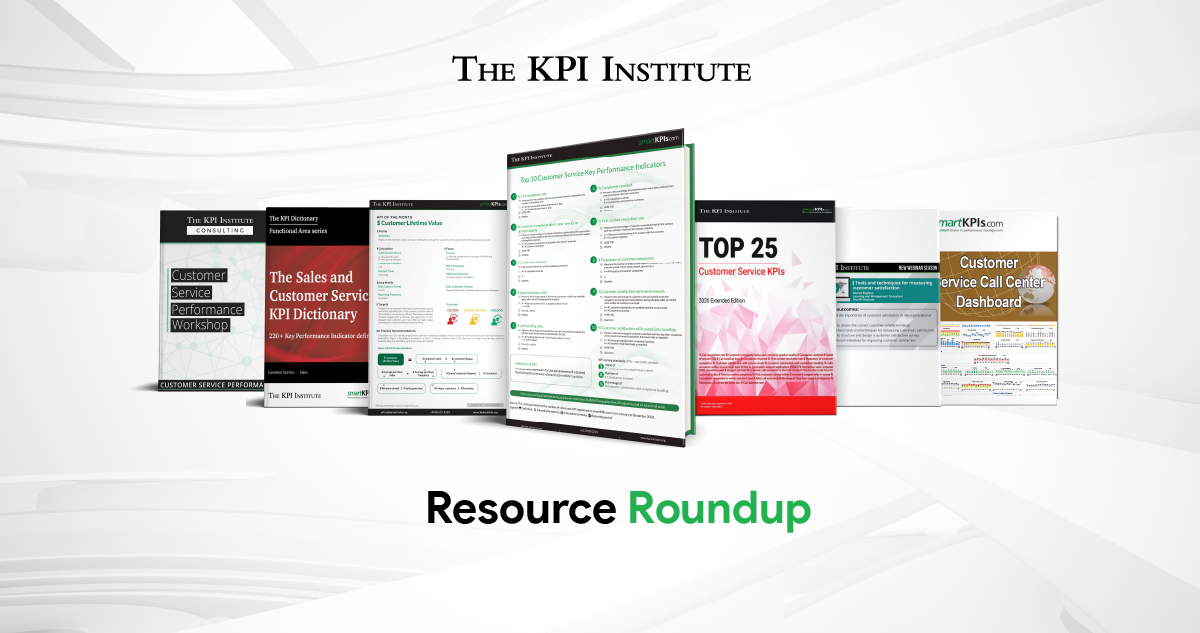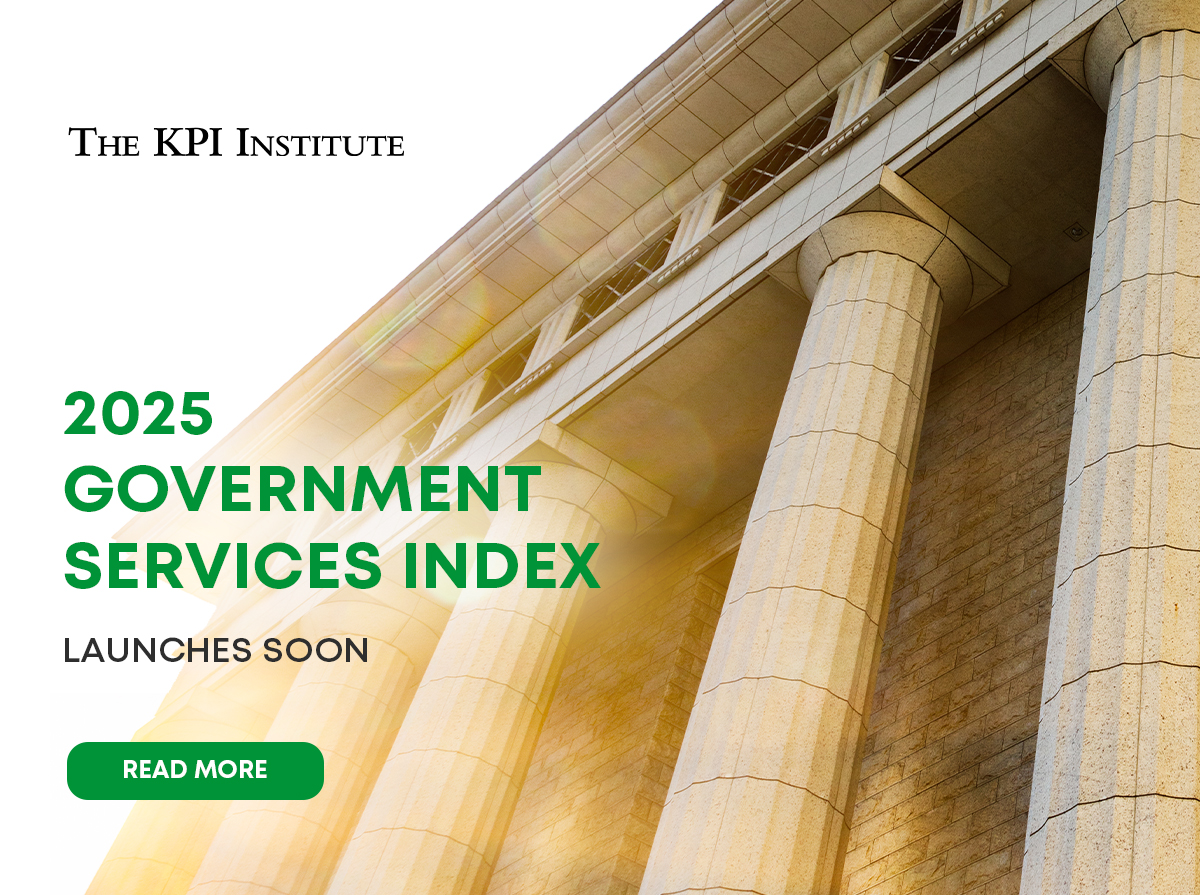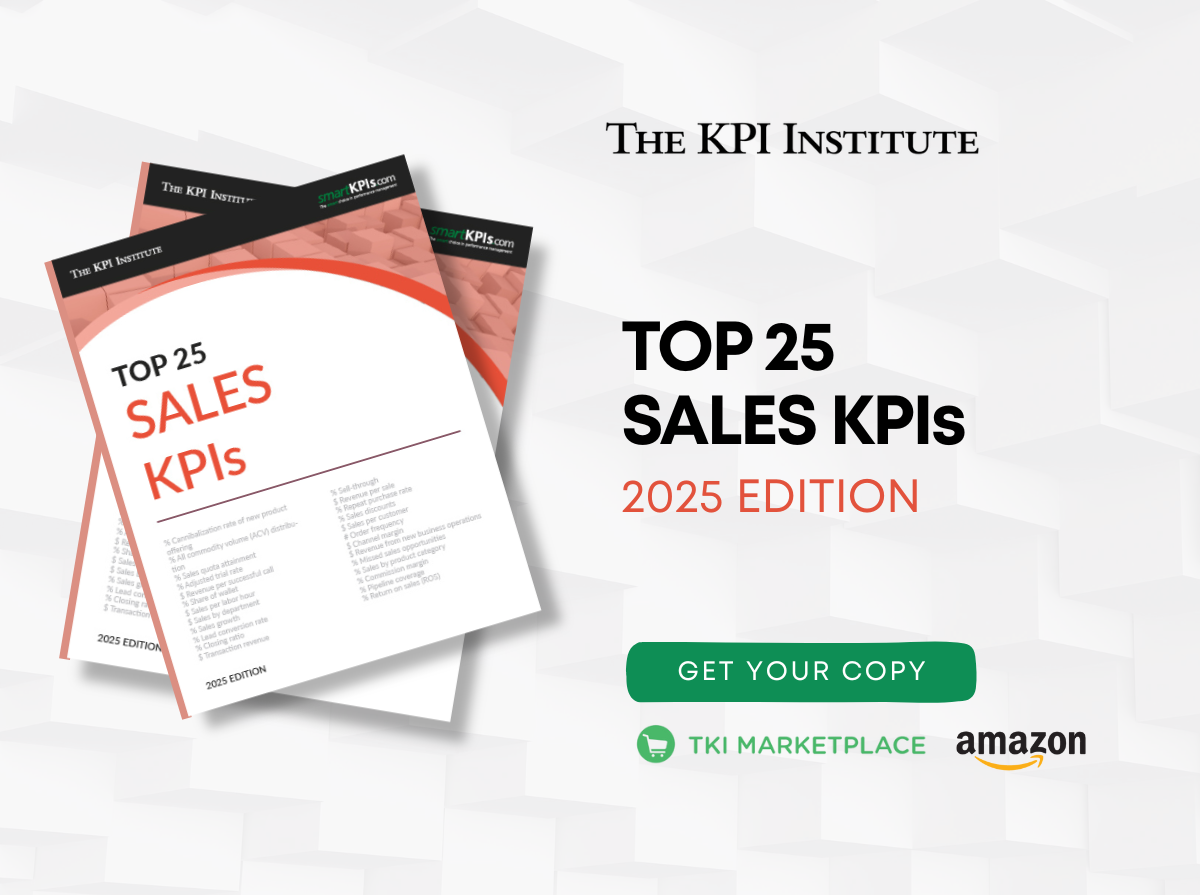Resource roundup: tools and techniques for customer service excellence

Thirty-seven percent of ecommerce marketers worldwide use artificial intelligence (AI) for customer service and assistance, according to Qualtrics and Klaviyo’s February 2024 data. Meanwhile, Fortune reported that Amazon has recently laid off 100 customer service agents. In the US, a new Forrester study revealed that customer service performance declined across all three dimensions of customer service quality–effectiveness, ease, and emotion, and only 3% of companies are currently categorized as customer-obsessed, defined as prioritizing customers’ needs.
Collectively, these narratives suggest that there is a pressing need to reevaluate the customer service sector. However, customer service excellence requires more than simply embracing cutting-edge technologies and trends. Businesses must methodically examine and optimize their customer service operations and performance in order to identify and address true areas of need. This is where The KPI Institute (TKI) can help.
Providing leaders, professionals, and the broader business community with essential knowledge and resources, TKI curates a collection of diverse learning materials and opportunities in strategy and performance management and adjacent fields every month. Some of these resources, while released years ago, remain highly relevant due to their timeless principles and adaptability to changing business dynamics as well as their enduring value and insights for today’s challenges.
This month, TKI is pleased to present comprehensive, research-based resources focusing on customer service.
Top 10 Customer Service Key Performance Indicators (FREE): Part of the Top 10 KPIs Series, this collection of posters provides an overview of how key performance indicators (KPIs) are measured in practice today, specifically in customer service. Some of the KPIs profiled in this poster are # Frequency of customer complaints, # Speed of answer, and % First contact resolution rate.
KPI of April: $ Customer Lifetime Value (FREE): Each KPI of the Month Infographic sheds light on a specific KPI by clarifying its terminology and addressing the most challenging aspects of using it in terms of profile, calculation, balanced scorecard focus, data profile, targets, and in-practice recommendations.
Webinar: “Tools and techniques for measuring customer satisfaction:” In order to discover what customers think about your company and what can be improved, you can now deploy a series of tools and techniques for measuring customer satisfaction. This webinar presents key techniques and guidelines to support you in assessing your customers’ satisfaction.
The Top 25 Customer Service KPIs – 2020 Extended Edition: The Top 25 Customer Service KPIs – 2020 Extended Edition report compiles the most popular 25 KPIs used by Customer Service divisions throughout 2016 and 2020. This report contains not only two pages of detailed documentation for each KPI, but also interesting articles on best practices in terms of KPI selection and documentation.
The Sales and Customer Service KPI Dictionary: This dictionary enlists the names and arithmetic rules for more than 220 KPIs and covers all major components of the sales and customer service departments. This material can be used in the early stages of implementing a performance management framework, in selecting and documenting KPIs, and improving an existing performance measurement system.
Customer Service Call Center Dashboard: This is a ready-to-use instrument for managing and measuring the performance of inbound call centers. It also contains a repository of the most relevant and widely spread KPIs in the call center industry.
Customer Service Performance Consulting Services: If your organization needs support in the implementation phase– for either a performance management system in customer service or other customer service processes or instruments– TKI’s specialists can provide you with consultation and references. We will make sure that the framework, which proves its efficiency in multiple organizations, is adjusted to the specific needs of your industry or area of expertise and will overcome the expected change rejection reactions of employees that are commonly experienced by most organizations.







